
Dance Appreciation
2nd Edition
ISBN: 978-1-7350385-0-6
Authors: Beth Megill, David Massey
MSRP: $49.99 USD
Created by Beth Megill and David Massey, Dance Appreciation surveys the elements of dance as a performing art through examples, including world, social, and Western concert dance forms. As a lower division, general education course delivered online, Dance Appreciation fulfills the arts and humanities requirement for transfer to, admission to, or graduation from four-year colleges and universities.
Interactive media objects make this an exciting, essential, and personal study of dance as an art form. Course modules are designed to be extremely flexible, allowing instructors to modify or reorder the curriculum as necessary. This course includes a special focus on dance literacy and developing observation skills from an audience perspective.
Lessons
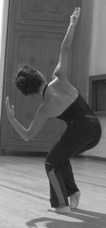
Lesson 1: Introduction to Dance Appreciation
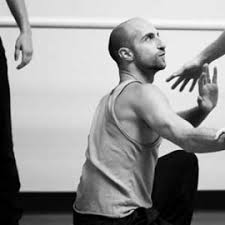
Lesson 2: Dance Issues
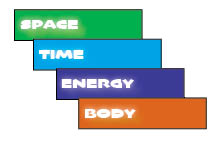
Lesson 3 - Elements of Dance

Lesson 4: Dance Today

Lesson 5: World Dance I: Indigenous and Folk Dances

Lesson 6: World Dance II: Classical Forms
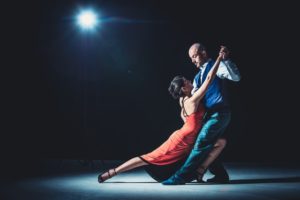
Lesson 7: Social Dance and Ballroom
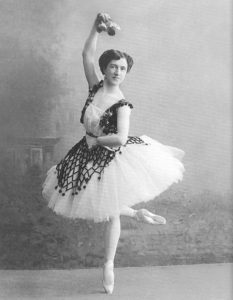
Lesson 8: Ballet I: Early Ballet through the Classical Era

Lesson 9: Ballet II: Modern and Contemporary Ballet
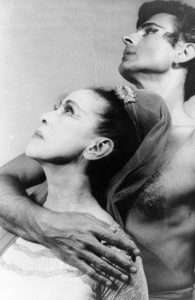
Lesson 10: Modern Dance
This lesson shows how modern dance embodies a break with ballet’s traditionalism, giving performers the freedom to explore and interpret new ideas and setting the stage for the diversity within the genre. In line with the Modernist approach seen in the other arts, the pioneers of modern dance sought to emphasize the human condition through movement. Form was broken down in order for expression to reign.

Lesson 11: Contemporary Dance
In this lesson, students will learn to decode the mysteries of modern dance through observation and analysis techniques that can be applied universally to all dance but serve particularly well for the breadth and scope of the ever more versatile modern dance world.
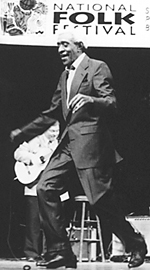
Lesson 12: Tap Dance
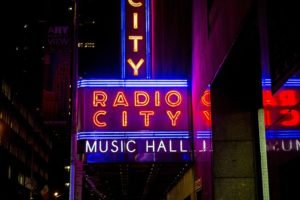
Lesson 13: Jazz and Musical Theater Styles

Lesson 14: Dance Writing and Criticism

Lesson 15: Dance on Camera/Current Trends

Lesson 16: Dance Production
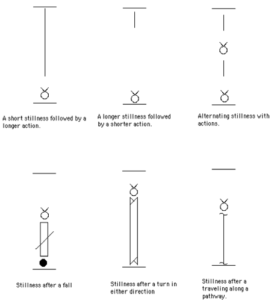
Movement Literacy Study Guide
We're Here to Assist, Professors!
Hey there, educators! Got a question or hitting a snag? Your solutions are just a click away at our Support Site, a haven of resources tailored for the curious academic mind. And if you’re stumped, don’t hesitate to shoot us a support ticket – we’re geared up to assist you in making your teaching journey smoother!
9236 Sunridge Dr.
Riverside, CA 92508

